Disclosure: This article contains affiliate links. We may earn a commission from purchases at no extra cost to you, which helps our travel content.
The moment my boots touched the pristine snow of Kiruna, I felt that familiar rush – the one that comes when you're about to embark on something both ancient and extraordinary. Swedish Lapland in winter isn't just a destination; it's a portal to a different way of moving through the world. As someone who's navigated both emergency medical situations and sacred landscapes across continents, I can tell you that transportation in the Arctic Circle requires a unique blend of practical preparation and spiritual openness. The land of the Sámi people – whose traditional knowledge of these terrains mirrors indigenous wisdom I've encountered from my Mi'kmaq roots – demands respect, patience, and adaptability. Whether you're chasing the northern lights, seeking connection with reindeer herders, or simply wanting to experience the profound silence of snow-covered forests, how you move through this landscape will define your journey. This guide draws from my week traversing Lapland's winter wilderness on a budget, offering you the practical knowledge to navigate this magical terrain safely and mindfully.
Getting to Swedish Lapland: The Northern Gateway
My journey to Lapland began with a series of calculated transportation decisions that balanced both budget and time constraints. For most international travelers, your arctic adventure will start with a flight to Stockholm, followed by a domestic connection to either Kiruna or Luleå – the two main gateway cities to Swedish Lapland.
I chose Kiruna for its proximity to key attractions like the Ice Hotel and Abisko National Park (prime northern lights territory). SAS and Norwegian Air operate daily flights from Stockholm, with winter being peak season – book at least 2-3 months ahead for reasonable fares. The flight itself is a mere 90 minutes but transforms your surroundings completely.
Alternatively, the overnight train from Stockholm to Kiruna offers a more sustainable and surprisingly comfortable option. I've taken this journey twice now, and there's something medically therapeutic about the gentle rocking motion as you sleep your way north. The train features comfortable sleeper cabins and a dining car serving local specialties. Book through SJ (Swedish Railways) and request a window seat – the morning views as you approach Lapland are worth the entire trip.
For those with extra time and a true adventure spirit, consider the combined train-bus route through Finland. Fly to Helsinki, take the train to Rovaniemi (Finnish Lapland's capital), then connect via bus across the border. This eastern approach gives you a broader cultural perspective of the circumpolar region and often comes with a lower price tag during peak season.
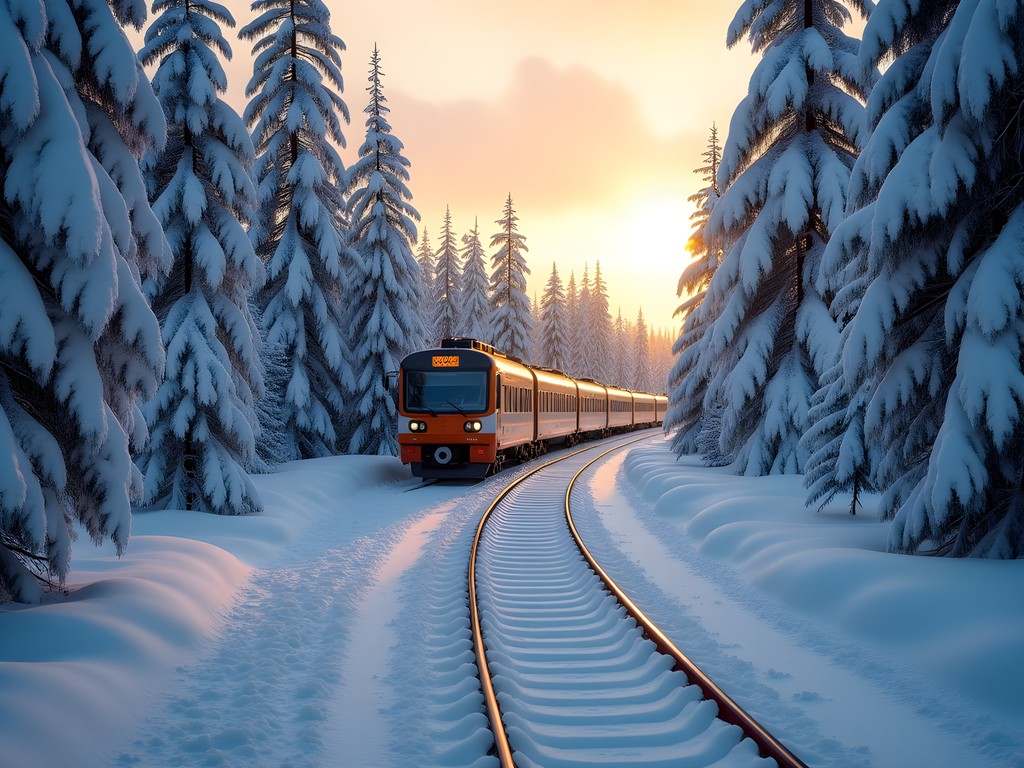
💡 Pro Tips
- Book the overnight train from Stockholm to Kiruna 60+ days in advance for the best sleeper cabin rates
- Use the SJ app for train bookings rather than third-party sites – it offers better seat selection and updates on delays
- If flying, pack essential winter gear in your carry-on – delayed luggage in the Arctic can be more than inconvenient; it can be dangerous
Winter Driving in Lapland: Respect the Elements
As an EMT, I've responded to enough winter driving incidents to approach Arctic road travel with healthy caution. That said, renting a car in Lapland can be the key to freedom and flexibility – especially for accessing remote areas where the northern lights dance unobstructed by light pollution.
First, the essentials: winter driving in Lapland requires specialized equipment and skills. All rental vehicles come with mandatory winter tires (studded for extra grip), but don't assume that makes you invincible. The roads here transform with weather conditions in ways that can disorient even experienced drivers. What was a clear path in the morning might be a snow-drifted challenge by afternoon.
I rented from Hertz at Kiruna Airport, opting for a all-wheel drive SUV that handled the snow-packed roads with reassuring stability. The investment in a larger vehicle with proper clearance is non-negotiable here – this isn't the place to pinch pennies on a compact car.
Driving in Lapland requires a different mindset. Distances that seem manageable on a map expand exponentially in winter conditions. A 100km journey might take 2+ hours, especially during snowfall or the brief daylight hours (which can be as short as 4-5 hours in December/January). Always build in buffer time and avoid night driving when possible.
Before setting out each morning, I performed what I call my 'medical check' on the vehicle: testing brakes on a safe patch of snow, ensuring all lights work, checking tire pressure, and confirming my emergency kit was accessible. Speaking of which, never drive in Lapland without an emergency kit containing a thermal blanket, high-calorie snacks, extra gloves, a headlamp, and basic first aid supplies. Cell service is surprisingly good along main roads, but becomes spotty in remote areas – consider renting a satellite communicator if your itinerary takes you deep into the wilderness.
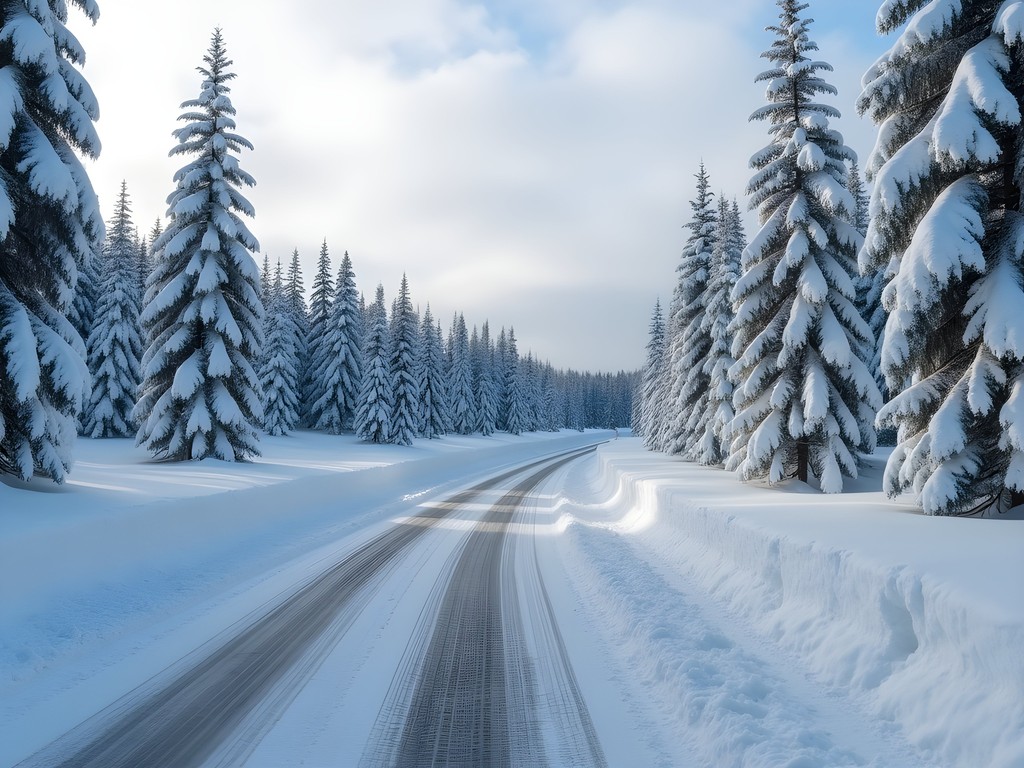
💡 Pro Tips
- Always keep your fuel tank at least half full – gas stations are limited in remote areas and running out of fuel in -30°C conditions can quickly become dangerous
- Download offline maps before your trip, as GPS can be unreliable in extreme northern latitudes
- Drive with headlights on at all times, even during daylight hours – it significantly improves visibility for other drivers
Public Transportation: The Reliable Arctic Network
For solo travelers on a budget, Lapland's public transportation network offers remarkable accessibility to key destinations. During my week-long adventure, I strategically combined buses and trains to maximize experiences while minimizing costs.
Länstrafiken Norrbotten operates the regional bus network connecting major towns and attractions. The #91 bus between Kiruna and Abisko National Park runs multiple times daily and became my lifeline for northern lights expeditions. Download the Tabussen app for real-time schedules and ticket purchases – you'll save about 10% buying digital tickets versus paying onboard.
What surprised me most was the punctuality. Despite snowstorms that would shut down transportation in many parts of North America, these Arctic buses maintained their schedules with impressive consistency. The drivers navigate winter conditions with the calm expertise that comes from generations of Arctic living.
For longer journeys between major destinations (like Kiruna to Luleå), the regional trains offer comfort and stunning panoramic views. Unlike the high-speed trains further south, these move at a pace that allows you to absorb the landscape – frozen lakes, snow-draped forests, and occasionally, reindeer herds crossing distant fields.
One transportation gem I discovered was the local shuttle services operated by accommodations and activity providers. Many hostels and guesthouses offer free pickups from train/bus stations if booked in advance. Similarly, northern lights tour operators often include transportation from central locations as part of their packages – a major consideration when temperatures drop below -20°C and walking even short distances requires serious preparation.
The integration of services impressed my logistically-minded EMT brain. My Fjällräven Kånken laptop backpack carried everything I needed for day excursions while using public transport – its compact design yet surprising capacity made it perfect for carrying extra layers, snacks, camera equipment, and my medical essentials without being cumbersome on crowded buses.

💡 Pro Tips
- Purchase the Norrlandsresan regional travel pass if visiting multiple destinations – it offers unlimited travel on buses and some trains for 5-7 days at significant savings
- Buses may not announce stops in English – set location alerts on your phone or learn the Swedish names of your destinations
- Allow 15-20 minutes extra for any connection during snowy conditions, especially in smaller towns where snow clearing might be delayed
Traditional Arctic Transportation: Connecting with Sámi Culture
Some of the most profound moments of my Lapland journey came through experiencing traditional modes of transportation – methods developed over centuries by the indigenous Sámi people who have thrived in these Arctic conditions for generations. As someone with indigenous heritage myself, I felt a deep resonance with these practices that honor both practicality and spiritual connection to the land.
Reindeer sledding remains an authentic way to experience the winter landscape. Near Jukkasjärvi, I participated in a half-day excursion led by a Sámi guide whose family has herded reindeer for generations. Unlike touristy versions elsewhere, this experience began with a ceremony acknowledging the reindeer as partners rather than mere transportation. The slow, gentle pace of reindeer sledding creates a meditative experience – the soft crunching of snow, the rhythmic breathing of the animals, and the vast silence of the forest combine to create what my guide called 'moving meditation.'
Dog sledding offers a more exhilarating alternative while still connecting to traditional Arctic travel methods. The relationship between mushers and their dogs demonstrates the cooperative spirit needed to survive in extreme environments. I booked with a small, family-run operation outside Kiruna that prioritizes ethical treatment of their Alaskan and Siberian huskies. The experience of guiding your own team (after proper instruction) creates an immediate appreciation for the skill and intuition required.
For those seeking deeper immersion, several Sámi tourism cooperatives offer multi-day experiences that include learning to navigate using traditional methods – reading snow conditions, understanding weather patterns through cloud formations, and identifying safe routes across frozen lakes. These skills mirror indigenous knowledge systems I've encountered across continents – proving that traditional wisdom often contains sophisticated understanding of environments that modern technology is still catching up to.
While experiencing these traditional methods, I was grateful for my merino wool base layers that kept me warm without overheating during activity. The natural temperature regulation properties of merino wool mirror traditional Sámi clothing materials – a reminder that sometimes ancient solutions remain superior to modern alternatives.

💡 Pro Tips
- Book traditional transportation experiences directly through Sámi-owned businesses like Nutti Sámi Siida for the most authentic and respectful experiences
- Wear wool or silk base layers rather than synthetic materials for traditional sledding activities – they regulate temperature better during the stop-and-go nature of these journeys
- Ask permission before photographing Sámi guides or their reindeer – many traditional beliefs include specific protocols around images
Specialized Arctic Transportation: Northern Lights & Wilderness Access
Accessing Lapland's most magical experiences often requires specialized transportation solutions that balance adventure with safety. As someone who's worked in emergency response, I appreciate the professional operations that have developed to help visitors safely access remote Arctic experiences.
Northern lights hunting demands mobility and flexibility. While you can occasionally spot the aurora from town centers, the most spectacular displays require escaping light pollution. Several companies offer specialized northern lights tours using custom-built vehicles. I joined a small-group expedition with Lights Over Lapland that uses modified vans with panoramic roof windows, allowing you to scan the sky even while moving between locations. These specialized vehicles include essential features like advanced heating systems, onboard toilets, and hot beverage stations – critical comforts when you're spending hours in -25°C temperatures waiting for the auroral display.
For accessing pristine wilderness areas, snowmobiles provide efficient transportation across frozen landscapes. I initially hesitated, concerned about environmental impact, but was impressed by the transition to electric snowmobiles by some operators around Abisko. A guided snowmobile tour took our small group to a frozen lake surrounded by mountains – a location inaccessible by any other means in winter. The guides emphasized responsible riding techniques that minimize disruption to wildlife and the fragile Arctic ecosystem.
For photography enthusiasts, specialized photography tours combine transportation with expert guidance. These typically use vehicles with ample space for tripods and gear, plus drivers who understand the specific needs of photographers chasing optimal light conditions. My camera bag proved perfect for these excursions – its customizable internal dividers protected my equipment from constant temperature changes between vehicles and the outdoors.
The most memorable specialized transportation came through a wilderness ski tour near the Norwegian border. Using traditional Nordic skis, our guide led us through ancient forest paths that have served as winter highways for centuries. The rhythmic gliding motion created a trance-like state that connected me to the landscape in ways impossible with motorized transport. We accessed a wilderness cabin only reachable by ski or snowshoe in winter, where we prepared a simple meal of local ingredients while waiting for darkness and, hopefully, the northern lights.
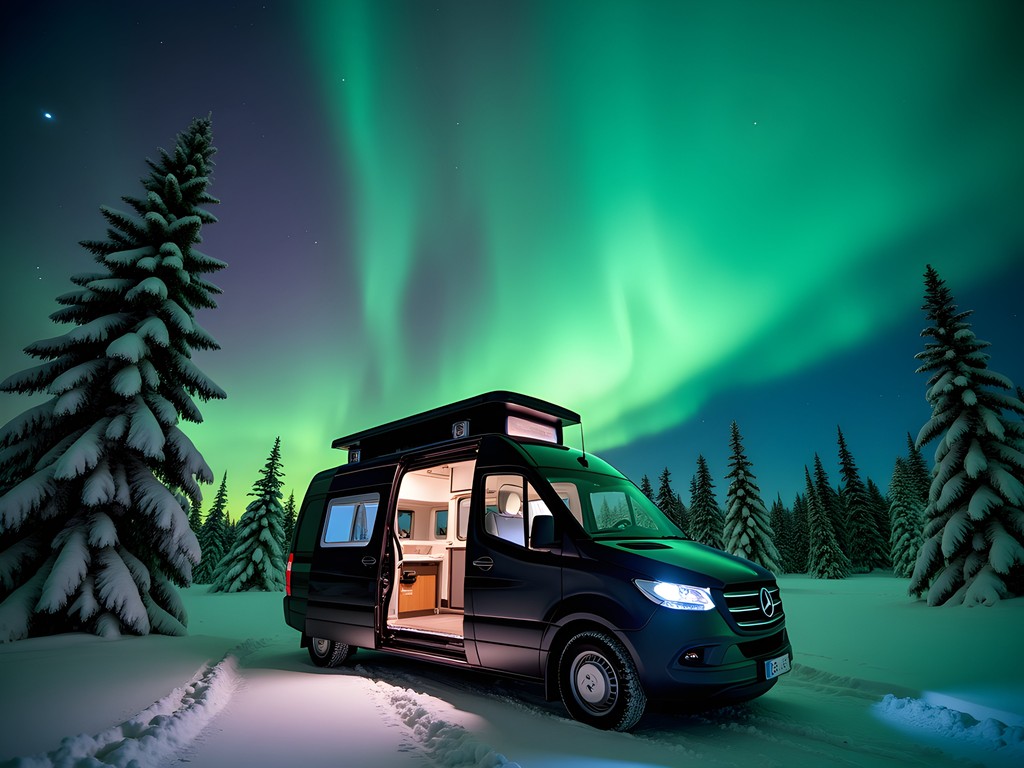
💡 Pro Tips
- Book northern lights tours that offer free second chances if aurora conditions are poor on your scheduled night
- For snowmobile tours, request newer four-stroke engines or electric models which have significantly lower environmental impact
- Pack chemical hand warmers for specialized tours – they can save your extremities during long periods of stationary aurora watching
Final Thoughts
Navigating Lapland's winter wonderland requires a blend of modern practicality and ancient wisdom – much like the balance I've sought throughout my travels connecting traditional knowledge with contemporary needs. The transportation choices you make here aren't just logistical decisions; they're gateways to different experiences of this sacred landscape. Whether you're gliding silently behind a reindeer team or catching the efficient regional bus, each mode of movement offers its own rhythm and perspective. As you plan your Lapland adventure, remember that in the Arctic, transportation isn't just about getting from point A to B – it's about how you want to experience the journey itself. Pack your respect for the elements alongside your practical gear, and allow yourself to move through this ancient landscape with both caution and wonder. The Arctic has much to teach us about resilience, adaptation, and finding our way through challenging terrain – lessons that extend far beyond this remarkable wilderness.
✨ Key Takeaways
- Combine transportation methods for the most authentic and budget-friendly Lapland experience
- Always prioritize safety and proper gear when traveling in Arctic conditions
- Support indigenous Sámi-owned transportation experiences for deeper cultural connection
- Build flexibility into your transportation plans to accommodate unpredictable winter conditions
📋 Practical Information
Best Time to Visit
December through March for full winter experience; February for balanced daylight and aurora viewing
Budget Estimate
$1,000-1,500 for one week excluding flights to Sweden
Recommended Duration
Minimum 5 days, ideally 7-10 days
Difficulty Level
Intermediate - Requires Proper Preparation But Accessible To Most Reasonably Fit Travelers
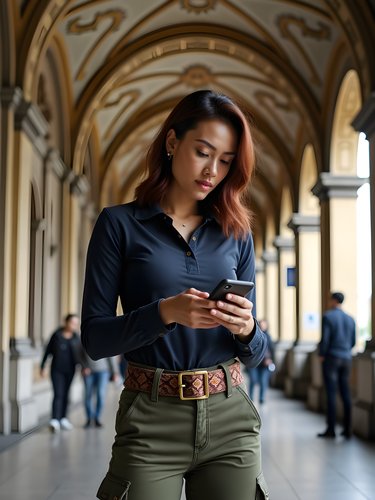
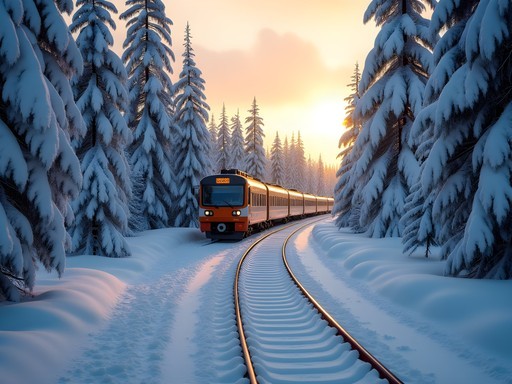
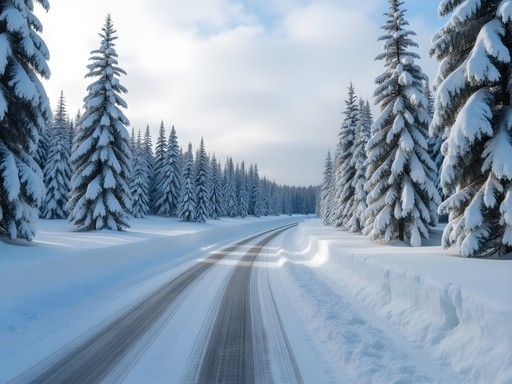













Comments
Joshua Cooper
This post brought me right back to my Lapland adventure last winter! I remember standing at Kiruna station in -25°C, wondering if I'd made a terrible mistake. Then our Sámi guide arrived with reindeer and sleighs, and everything changed. The silence of gliding through snow-covered forests was almost spiritual. One thing I learned the hard way: the local buses are reliable but infrequent in remote areas. I ended up stranded in a tiny village for an extra night when I missed the last bus - turned out to be a blessing as the Northern Lights put on a spectacular show that evening. For anyone going, I'd recommend building flexibility into your schedule. Arctic weather dictates everything, and sometimes the best experiences come from the unexpected delays.
Sage Dixon
Joshua, that's exactly the kind of serendipitous experience that makes Arctic travel so special! Thanks for sharing your story - and great point about building flexibility into the itinerary.
greenlegend
Is it possible to see the Northern Lights from the train? Planning to take the overnight train from Stockholm.
Sage Dixon
It's possible but challenging since the train has lights on. Your best bet is to arrive by train but then book specific Northern Lights tours once you're there. They know the best viewing spots away from light pollution!
islandchamp8336
Great post! The photos are stunning. We're heading there next month and this is super helpful.
cityking
Anyone know if the snowmobile tours are suitable for complete beginners? Thinking about trying one when I visit in March.
mountainseeker
Absolutely! I did one as a complete beginner. They give you a full safety briefing and the guides are super patient. Just book one labeled for beginners and you'll be fine!
cityking
Awesome, thanks for the reassurance! Looking forward to it.
Nicole Russell
This brought back so many memories! I visited Lapland last winter and was amazed by how efficient the public transport was despite the harsh conditions. One tip I'd add is to download the local transport apps before you go - they were lifesavers when I needed to check if buses were running on time during a snowstorm. The Sámi reindeer sledding was magical, but I'd recommend booking well in advance as the authentic experiences sell out quickly during peak season. Also, don't forget your hand warmers - absolute essentials for those long waits at outdoor bus stops!
mountainseeker
Just got back from Lapland last week and your post is spot on! The reindeer sledding experience with a Sámi guide was the highlight of our trip. Definitely recommend it to anyone visiting!
springmate
Great post! How difficult is it to drive yourself in Lapland during winter? I'm planning a trip in February and wondering if I should rent a car or stick with public transport.
Sage Dixon
Thanks for reading! If you're not used to winter driving, I'd recommend public transport for your first visit. The bus network is surprisingly good, and you'll avoid the stress of icy roads. That said, if you do rent a car, make sure it has winter tires and pack emergency supplies!
springmate
That's really helpful, thanks! I think I'll stick with public transport this time around.
Nicole Russell
Sage, thank you for this comprehensive guide! I visited Kiruna last winter as a solo traveler and found the bus system incredibly easy to navigate between towns. For anyone planning a trip: don't underestimate how cold it gets when waiting for transportation! I learned the hard way that regular winter clothes from NYC don't cut it in the Arctic. Thermal layers are non-negotiable. The connection between transportation and Sámi culture was my favorite part of the article - those traditional methods of travel give you such a different perspective on the landscape compared to just driving through it. Has anyone here tried the ice road driving? That was an experience I'll never forget!
beachguy7627
Ice road driving?! That sounds terrifying and amazing at the same time!
Nicole Russell
It's actually surprisingly smooth! The ice is super thick. The weird part is hearing it crack occasionally - guides say that's normal but my heart stopped every time!
happymood
The Sámi reindeer sledding was the highlight of our trip! So peaceful compared to snowmobiles.
journeyguy
Just got back from Lapland last month and this guide is spot on! Public transport is surprisingly reliable even in winter. One thing I'd add - if you're planning to drive yourself, make sure you have a proper GPS that works offline. Cell service can be spotty in remote areas and you don't want to get lost when it's -30°C outside. I used my offline maps and it was a lifesaver when we ventured off to see the northern lights away from town.
happymood
Good point about offline maps! Signal disappears fast once you leave towns.
Venture X
Premium card with 2X miles, $300 travel credit, Priority Pass